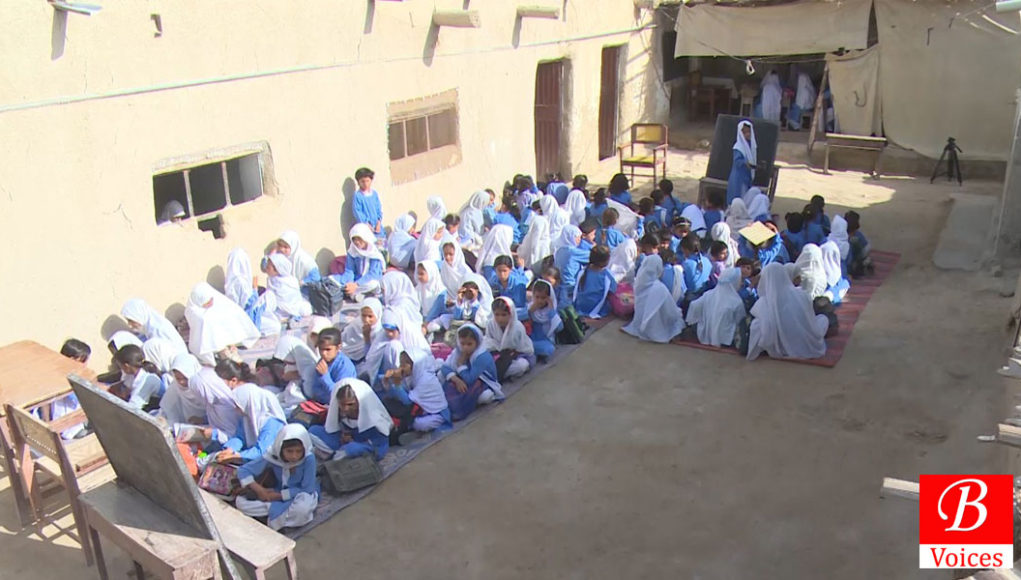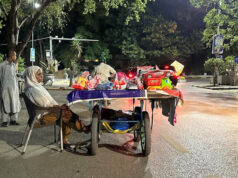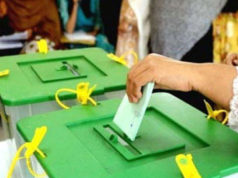Yahya Reki
Article 25-A of the constitution of Pakistan states “The State shall provide free and compulsory education to all children of the age of five to sixteen years in such manner as may be determined by law.” In order to ensure Right of Education, Government of Balochistan passed Balochistan compulsory Act-2014. This act made it compulsory to receive education for every person from the age of 5 years to 16 years.
In order to further promote education in the province, Government of Balochistan imposed an educational emergency in January 2014. This was announced by erstwhile Chief Minister of Balochistan Dr. Malik Baloch in a charged session of Balochistan Assembly. In the next four years the government spent almost Rs. 140 Billion on improving education. The education emergency was appreciated by civil society initially and criticized by the political parties, who termed it as a political gimmick. However, all this time the particular issue of Girls education escaped attention.
Read also: Balochistan Schools: Failing Standard of Education Despite Funding Spike
Case Study of District Chagai
A case study of Girls schools by Balochistan Voices in district Chagai of Balochistan paints a dismal picture of girl’s education.
District Chagai is located 350 KM in South-west of Capital Quetta. Sharing triangular borders with Iran and Afghanistan, Chagai has a population of 226,008 according to 2017 census. Female population of Chagai is 107,522 which makes up 47.57 percent of total population of the district. Population of Chagai grew at an average annual rate of 4.13 percent since 1998. Population of Chagai is spread over 106 census blocks and there are only 75 girl’s schools in entire district and most of them are situated in Dalbandin town, which is district Headquarters.
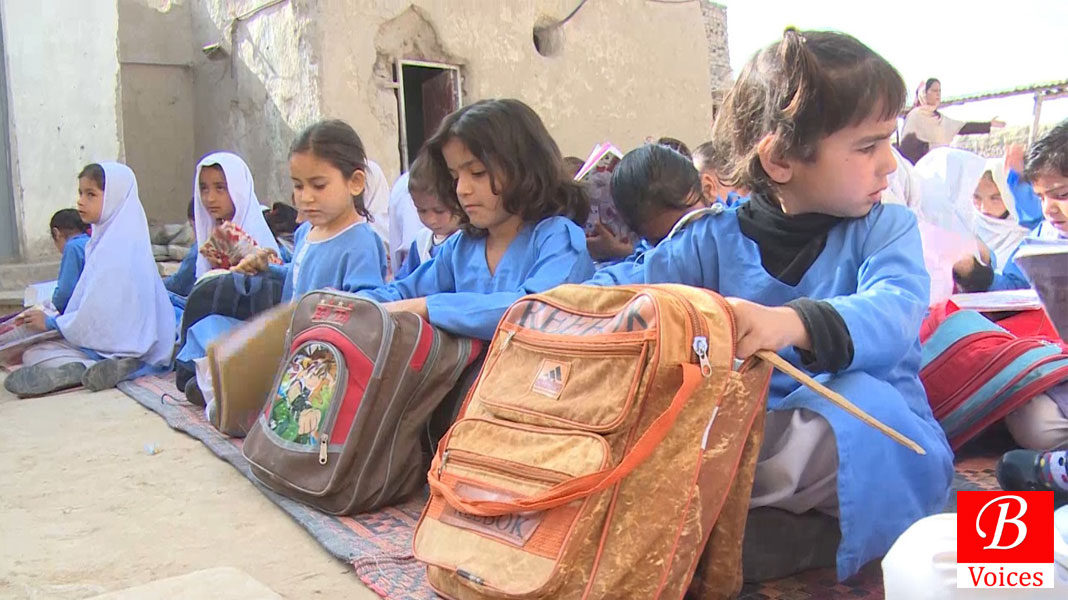
Zahida Rafique is a teacher at Government Girls Primary School Madrasa Sultania. She is not satisfied with the way government is working for improving Girl’s education. She told Balochistan Voices that the school in which she teaches has basic problems of infrastructure. “[Our] School is deprived of electricity and toilet facilities and that discourage girls from coming to school,” she complained.
She added that Balochistan government has made education compulsory in mother languages but the female teachers were only provided three day trainings. “Female teachers are not equipped to teach students in mother languages and that has further deteriorated the quality of Girl’s education,” added Miss Rafique.
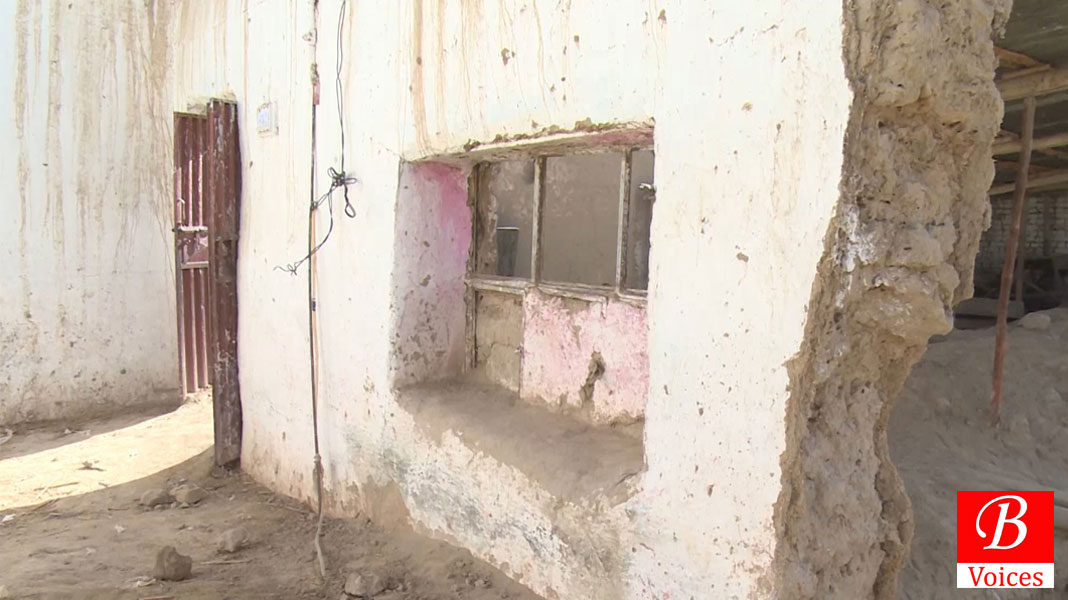
Population settlements in Balochistan are thinly spread and therefore the distance from villages to school is often very long. Girl’s students in particular drop out because they do not have means to get to the schools in far flung areas of the province. “Government has not paid any attention whatsoever to the issue of transportation of female students despite the educational emergency,” said Miss Rafique. She added that not only female students but also teachers face the problem of transportation which is a severe issue but ignored by government of Balochistan.
Nayab* studies at the same school in Dalbandin. She told this scribe that there has not been any improvement in infrastructure in her school. “We still are not provided basic supply items such as school bags, Note books and pencils by our school,” She complained in an innocent manner. Kulsoom*, is a student of class four in the same school. She also has similar complaints. “We don’t have drinking water in our school and that’s a big problem for us,” she added.
Khalil Roonja is a Girls Education Activist and runs an organization called WANG. He told Balochistan Voices that although government has taken steps in the form of establishing new girl’s schools and PGEB project but still it’s not enough. He suggested that Balochistan government should established a separate board for Girls student. “At the moment there is just one secondary education board in Balochistan which is not sufficient to cater to all educational issues in Balochistan,” added Mr. Roonja.
Gul Khan Naseer Baloch is development professional who has worked on education sector for more than 10 years. He claimed that more than 70 percent villages are deprived of Girl schools in district Chagai only. He added that in every budget funds are allocated for establishment of new schools but still there are a lot of areas where there is no school. “It is duty of government institutions to investigate all the issued funds which have been issued on the name of education.”
An official at Director of Directorate of Education, who requested anonymity, defended the approach of Balochistan Government for improving Girls Education. He said that Secondary Education department is improving existing schools and the Global Partnership for Education (GPE) is building new primary schools. He added that problems of Girls Education can’t be solved overnights and this must be taken in account before criticizing education department.
On 18th May, incumbent Chief Minister of Balochistan visited a Girls College in Quetta. He claimed that Girls education is a priority area for his government. Will there be any implementation on the claims of the Chief Minister Balochistan or this claim will have the fate as the educational emergency of 2014? Only time will tell.
* Names changed on request
Share your comments!


